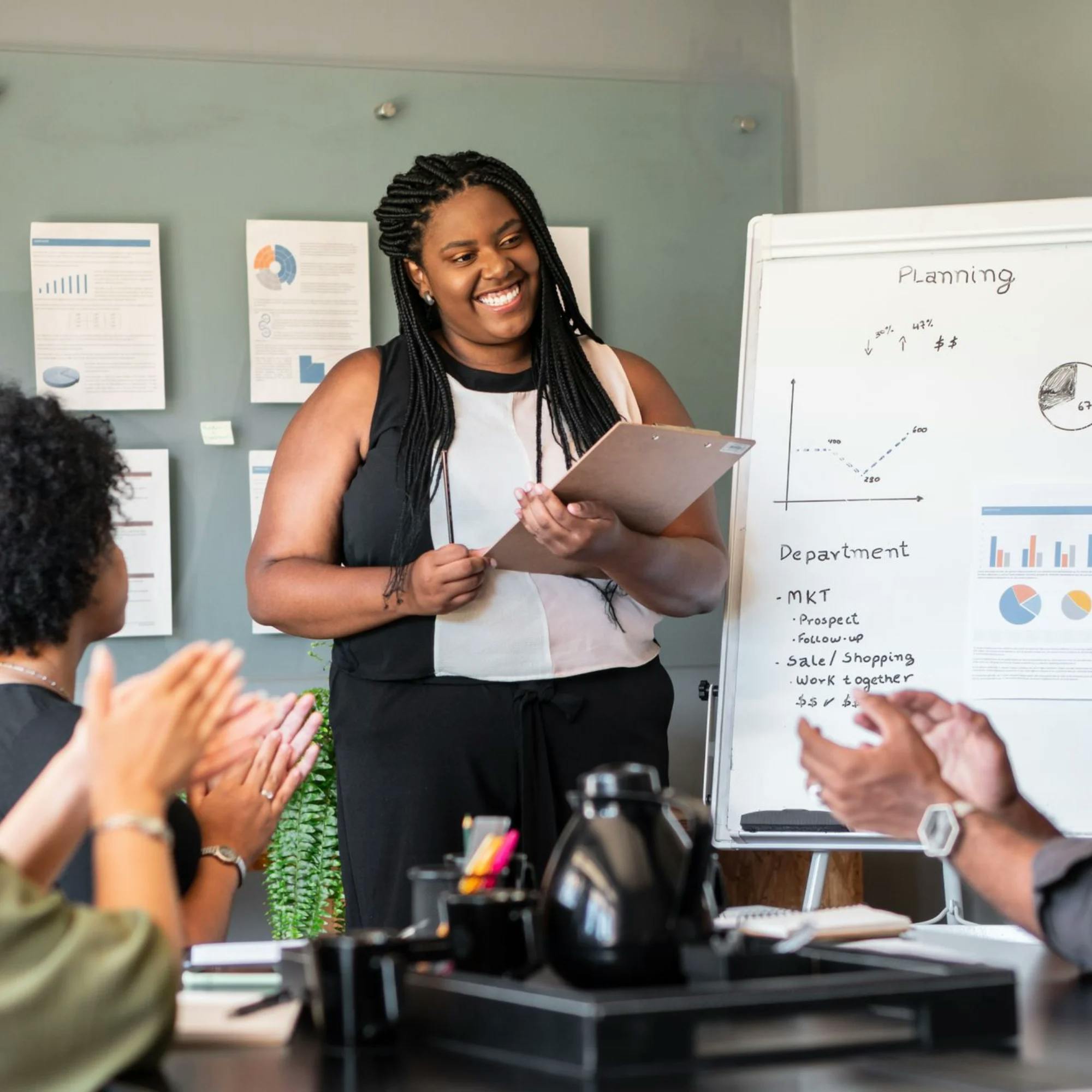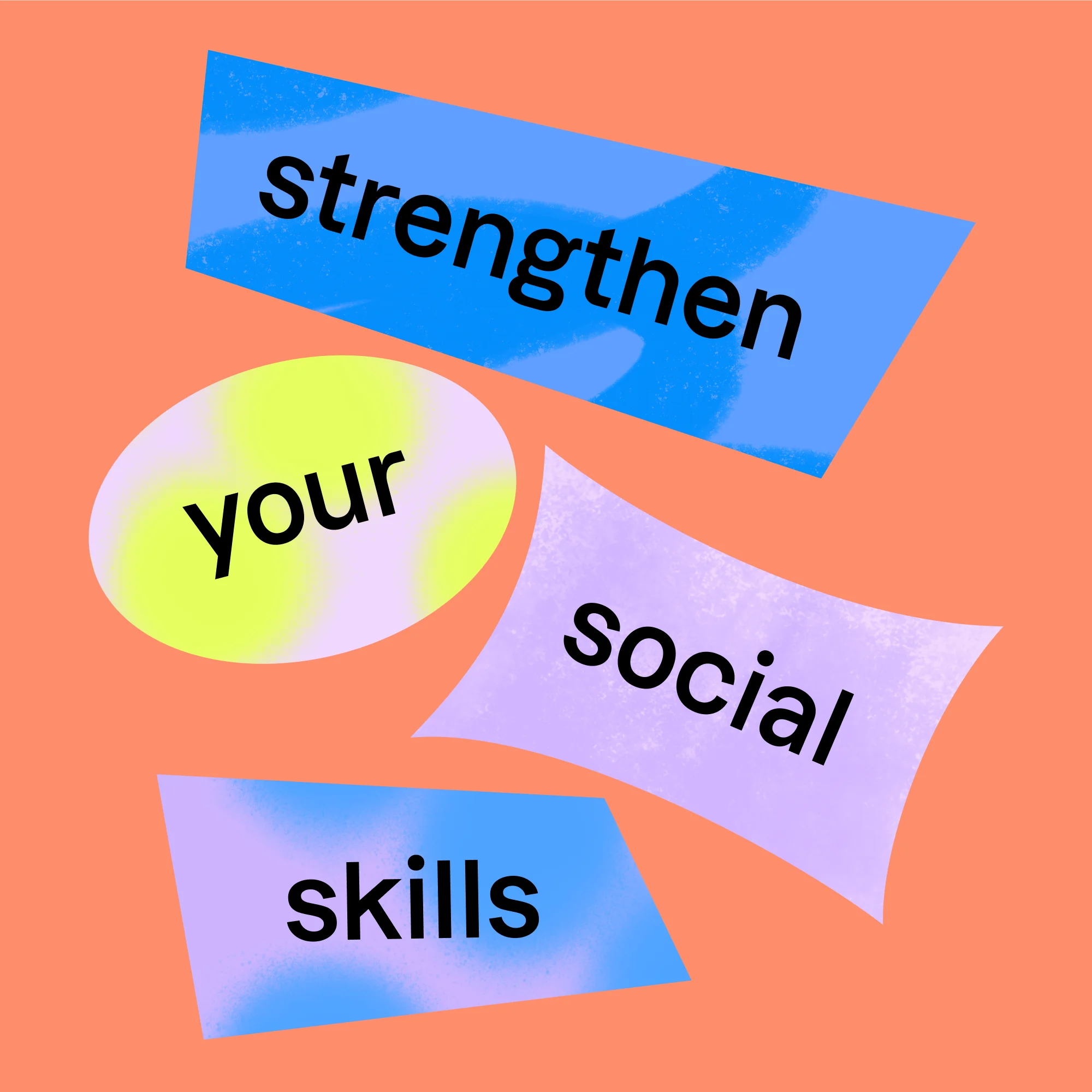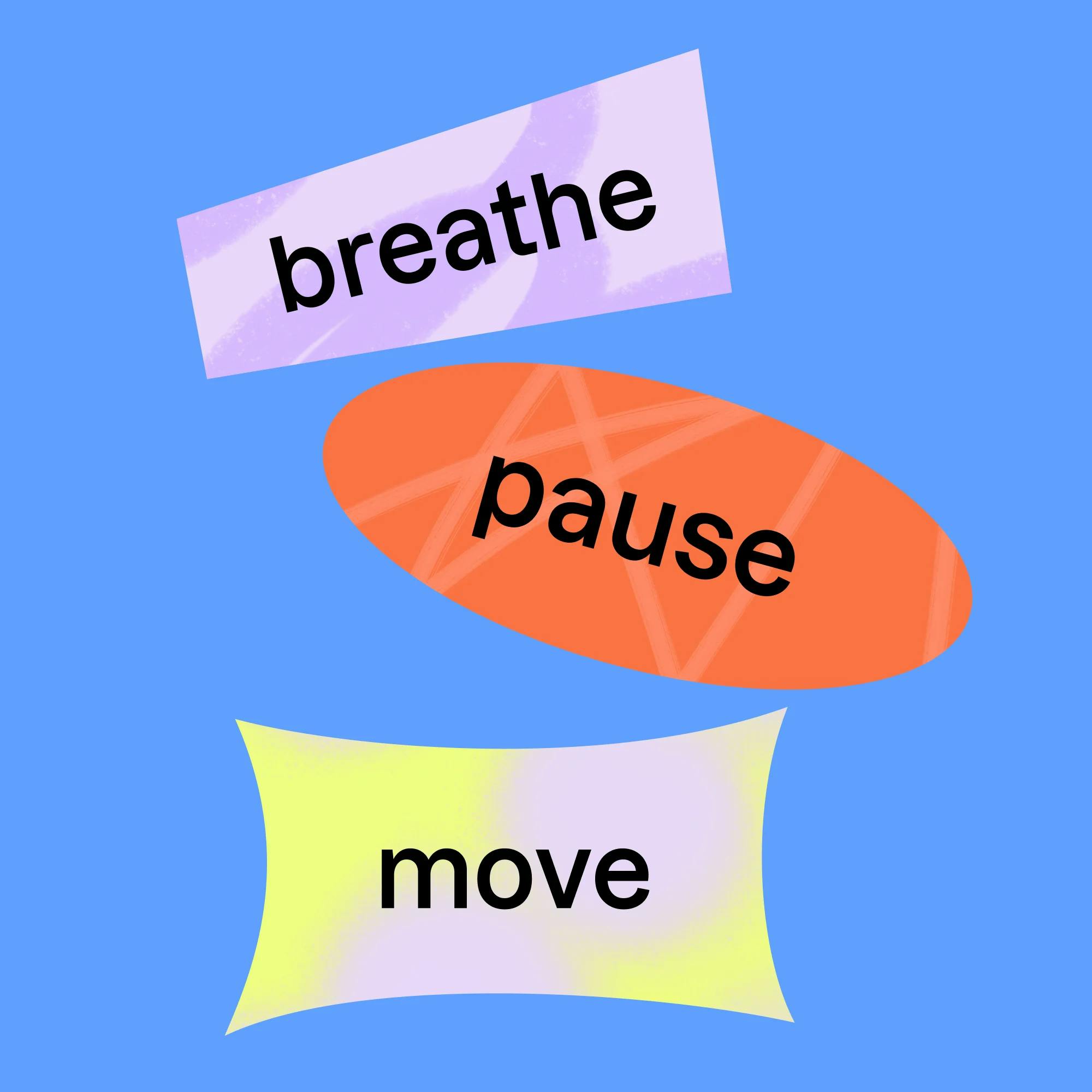Has the isolation of the pandemic created social awkwardness for you? Do you experience social anxiety? Or perhaps you’ve always had difficulty making conversation with others?
If the answer is yes to any of these questions, there are things you can do to improve your social skills. Read on for some practical tips to help you deal with social anxiety and improve both your verbal and nonverbal communication skills. These techniques can help you feel more confident when you’re talking with other people, no matter who they are.


What are social skills?
Social communication, also known as pragmatics, is the ability to communicate with others verbally and nonverbally. People communicate with words, of course, but in other ways, too. Our volume, tone of voice, and word choice, as well as our gestures and facial expressions, are just a few of the ways we express ourselves to others.
Why is it important to have strong social skills?
There are many benefits to having effective social skills, including:
Making new friends and maintaining current friendships
Building relationships with coworkers on the job
Successfully interviewing for a new job
Earning a promotion at work
Improving your overall mental health and self-esteem, and decreasing the negative effects of stress


How can you improve your social skills?
Small steps can make a big difference! Try these techniques to build better social skills:
Ask questions: If you struggle with social anxiety and or don’t know what to say, ask a question! Most people like people who are interested in what they have to say. Plus, it takes the immediate pressure off you to speak. Have some questions on hand to ask (“What did you do this weekend?”) if you freeze during a conversation.
Ask open-ended questions: This type of question is great at prompting people to speak more. When you ask open-ended questions, it can show the other person that you take their opinions seriously, which can have a positive impact on your relationship. Some examples of open-ended questions are:
How do you feel about ____?
What are your thoughts on ____?
What do you think about ____?


Be an active listener: This piece of advice may seem counterintuitive, since we’re talking about communication. However, while many people listen in order to respond, few listen to hear and understand what was said. If you can master this skill, many people will want to speak with you!
If you can master the skill of active listening, many people will want to speak with you.
Plus, if you consider yourself introverted or shy, or you need more time to think of a response, active listening is an easy way to stay engaged in the conversation without talking. You can practice your listening skills by maintaining eye contact and using nonverbal communication such as nodding.
Remember people’s names: As a speech-language pathologist, one common statement I hear from many of my adult clients is “I have the hardest time remembering names. It’s so embarrassing!” However, if someone said, “You will get one million dollars for remembering this person's name,” of course you’d remember it! This shows that sometimes it’s not about your ability to remember names as much as it is your motivation to remember. To help jog your memory, try asking the person to repeat their name, and say their name after they say it to confirm it. Or think of an adjective starting with the same letter as their name (for example, Strong Seth).
And keep in mind this advice my grandfather always shared: “Call everyone by their first name when you greet them. People love that!”


Know your audience: Before you speak with anyone, it’s best if you “read the room.” Who is there? What is going on around you? Is what you have to say appropriate for right now?
Know your environment: Knowing which social environment you thrive in will help you create the best setting for your social skills to shine. For example, I prefer one-on-one conversations because I can connect on a deeper level with the other person, and it usually leaves a better impression.
Keep up with current events: If you’re out of topics to talk about, current events can give you ideas. Try listening to local news to learn what’s happening in the area. You can start sharing by saying, “Did you hear about…”
Show a little vulnerability: Think about a time you heard someone share something vulnerable about themselves. Did you recoil, or did you connect with that person? Did they seem more relatable to you? More than likely, you connected with them because they seemed authentic.
Sharing something vulnerable about yourself can help people connect with you.
However, keep in mind that there’s a fine balance between sharing something vulnerable in the right moment and disclosing too much too soon, which can be off-putting.


Avoid being negative: If you’re having a bad day, you don’t need to pretend that everything’s OK! But constant complaining is what I call the “perfect people repellent.” In today’s world, it often feels like we’re surrounded by fear, negativity, and the worst of humankind. This is one reason many people are drawn to those who are kind, light-hearted, humorous, loving, and happy.
Compliment the other person: Giving someone a compliment on a specific task they did well is a great way to show your appreciation. Just be sure to be genuine.
Remember that silence can be your ally: To take some weight off your shoulders, remember: You are not responsible for how the conversation goes. Conversations are a two-way street. It’s perfectly fine to make a comment and not respond with another follow-up question or story, or even give your opinion. For example, you can say, “Oh, that’s impressive,” and leave it at that.


What is nonverbal communication?
We’ve covered tips for speaking in conversation, but what about communication that doesn’t involve words? A huge part of what we communicate with each other is nonverbal. That includes what you say to people with your eyes, body language, gestures, and more.
Your nonverbal communication can convey the following:
Your attitude toward the speaker
How you’re feeling in general
How much you know about the topic being discussed
What your intention truly is


How can you improve your nonverbal communication?
Ask yourself the following questions:
Can I easily maintain eye contact when I talk with others, or is that hard for me?
Am I smiling too much because I’m nervous?
How is my posture? Am I slouching?
Does my voice sound insecure?
Do I speak too fast when I’m anxious?
Am I crossing my arms and legs when speaking with someone who makes me nervous or uncomfortable?
Once you have your answers, here’s what you can focus on for each nonverbal behavior:
Know when to look at the listener and when to look away naturally.
Make sure your head and body are in an upright position and your arms are uncrossed.
Be mindful of your facial expressions.
Keep your voice volume at a conversational level.
Speak with a confident tone. If you’re not sure how that might sound, pick a celebrity that you think speaks well and listen to them. Observe what they’re doing with their speech rate, tone, and clarity that makes them sound so confident.


Along those same lines, another way to improve your social skills is to observe your peers, such as friends and coworkers. Watch how they communicate through their nonverbal behaviors (smiling, nodding, gestures, etc.) and the words they choose to start a conversation. When you find someone with strong communication skills, customize those behaviors to make them your own.
So there you have it, some ways to improve your social skills and deal with social anxiety when you’re in conversation! To start incorporating these tips into your daily life, pick one or two techniques and set aside time every day to practice them. The more you practice, the easier speaking with anyone will become.
How Expressable Can Help
Concerned your child isn't reaching age-expected milestones? Looking for communication support from a professional? Expressable is a national online speech therapy practice serving children and adults. We treat all major areas of communication and feeding, offer flexible hours including evenings and weekends, and accept most major health insurance plans. We’re proud to have earned more than 3,000 5-star reviews from our clients (4.9/5 average).
Our therapy model is centered on parent and caregiver involvement. Research proves that empowering caregivers to participate in their loved one’s therapy leads to better outcomes. That’s why we combine live, 1-on-1 speech therapy with personalized education and home practice activities for faster progress.
Communication is more than words. It’s how we share how we feel and show who we are. We’re here to help you or your child do just that.

 Abby Barnes, M.S., CCC-SLP
Abby Barnes, M.S., CCC-SLP








